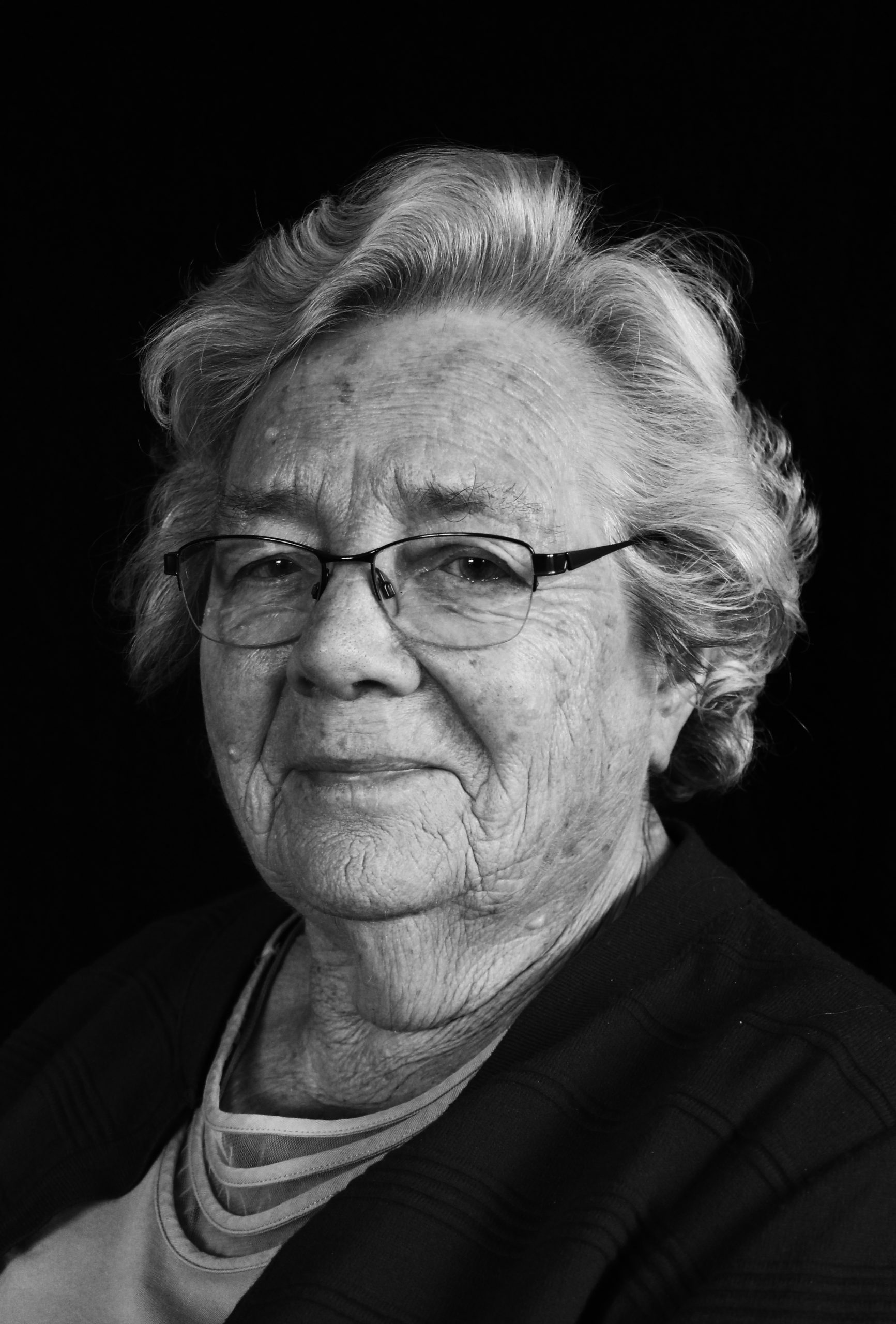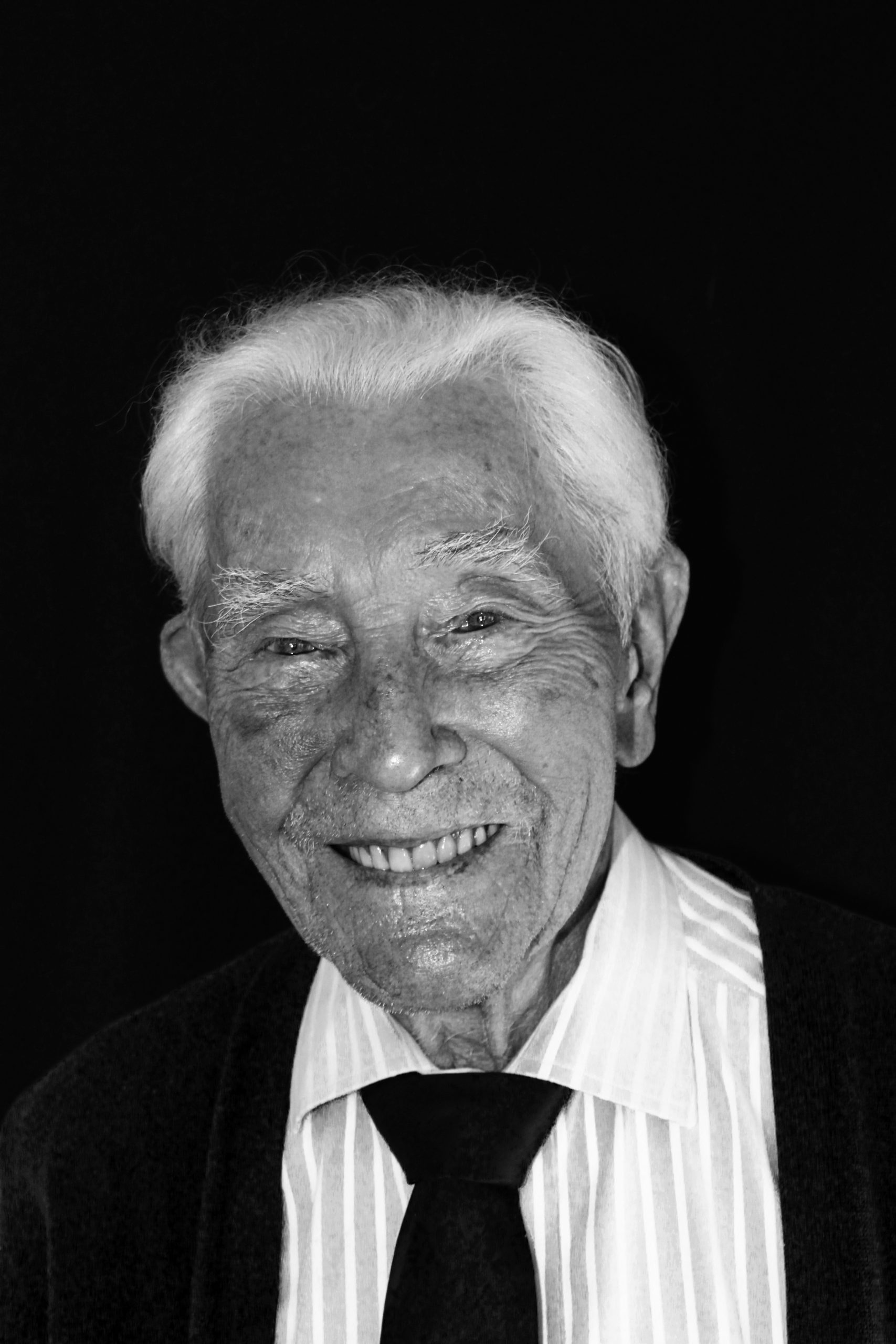Innovation is playing an increasingly important role in the healthcare sector. This is partly due to the increasing aging of the population. Also the wishes of the end user and government policy are aimed at continuing to live independently for as long as possible. Tools are used and extremly important to achieve this and at the same time reduce the pressure on care. Personal alarm is part of these tools.
There are many people who do not use such a tool, despite the wishes of a family member, for example. Where does this resistance come from? And how do you ensure that the personal alarm develops in such a way that someone will wear it based on intrinsic motivation?
Technical clothing has been developed for this in which the alarm is automated and the opinion of both the target group and the field experts is taken into account. The design is a step towards a new future for personal alarm systems. To purchase the personal alarm system, confidence in the function must be established. When that trust is there, people will start to think differently about personal alarms. Behavioral change comes into play here.
Observing one’s own behavior is difficult, but it is necessary to create the desired behavior.The desired behavior is that the end user purchases the product based on intrinsic motivation. In order to arrive at the desired behavior, the automatic behavior can be responded to. A focus group showed that simply the experience of falling is not enough to convince someone to trust in the system. There for an installation was created which recreated the feel of safety when in need.
In addition to this project portraits photo and a documentary to capture the mental process of aging were made. Want to see/read it all? Send me an email or give me a call






